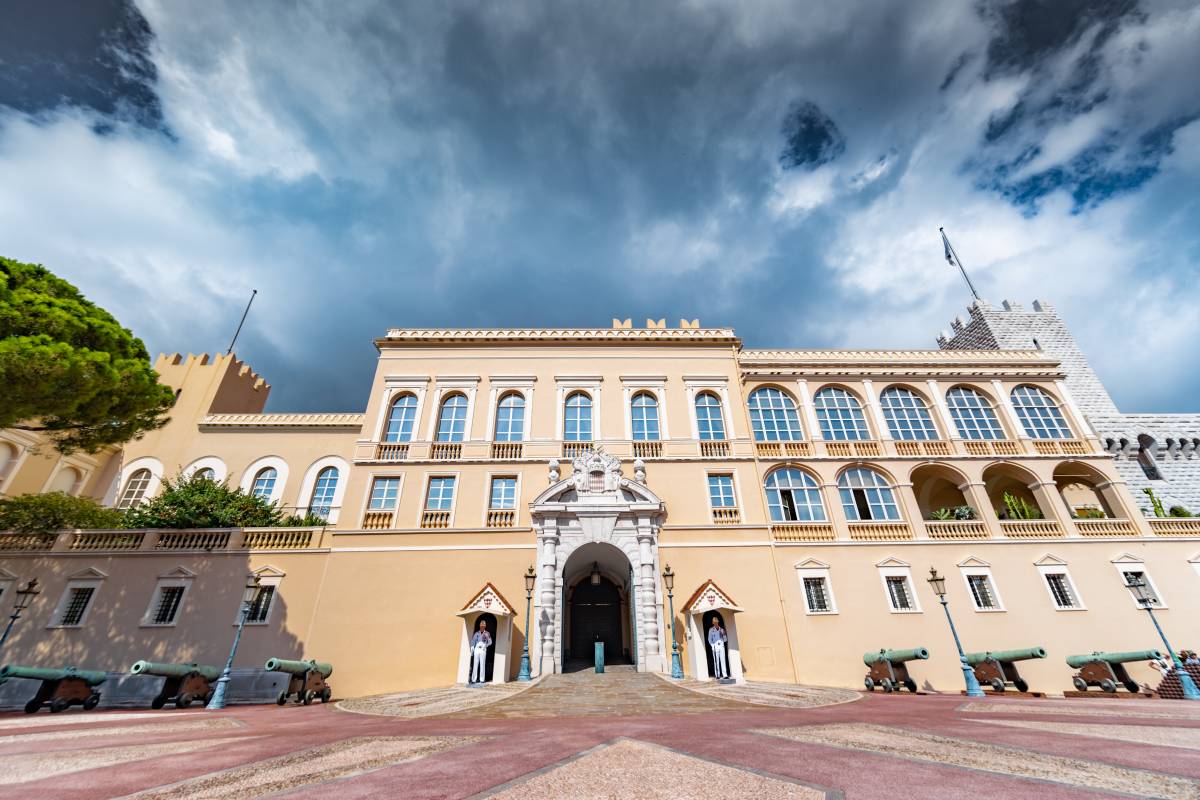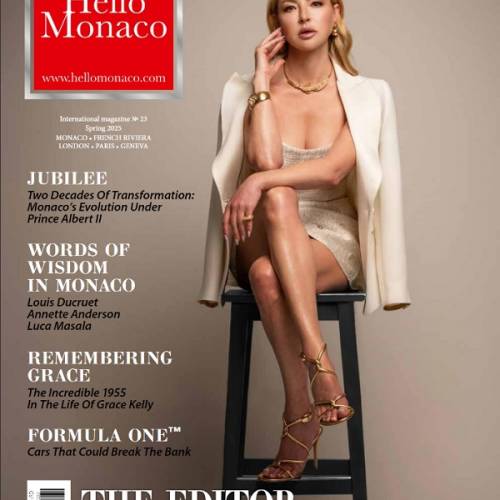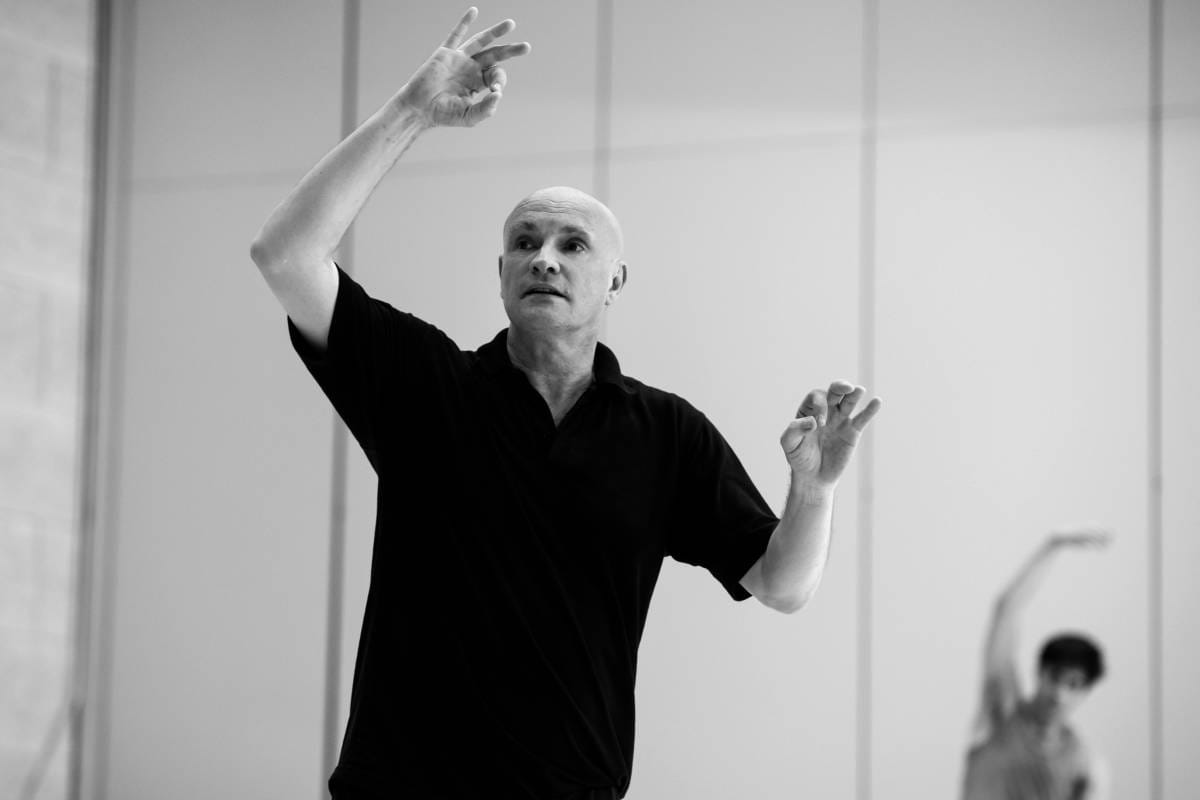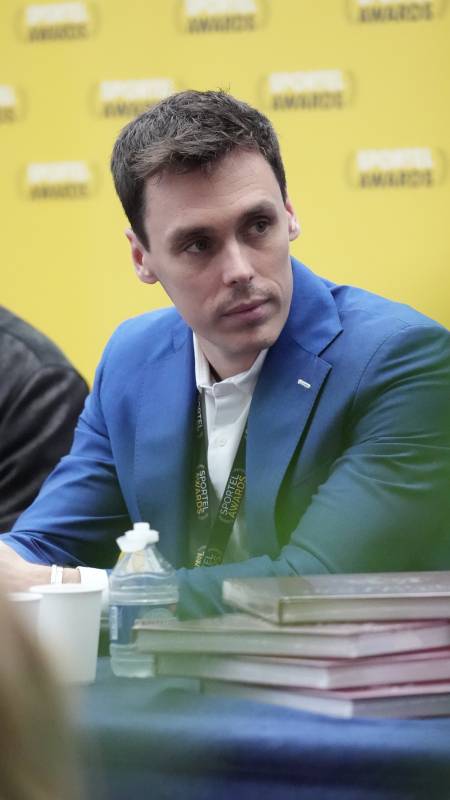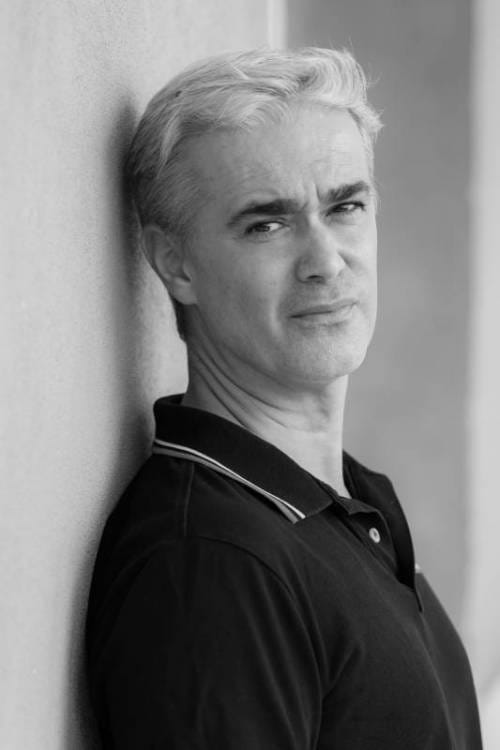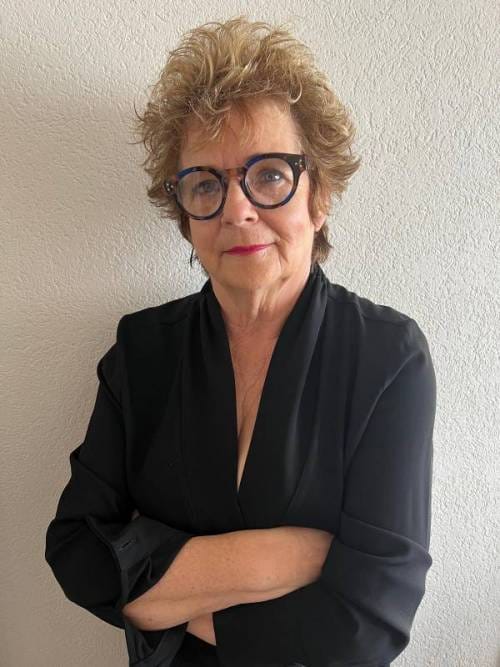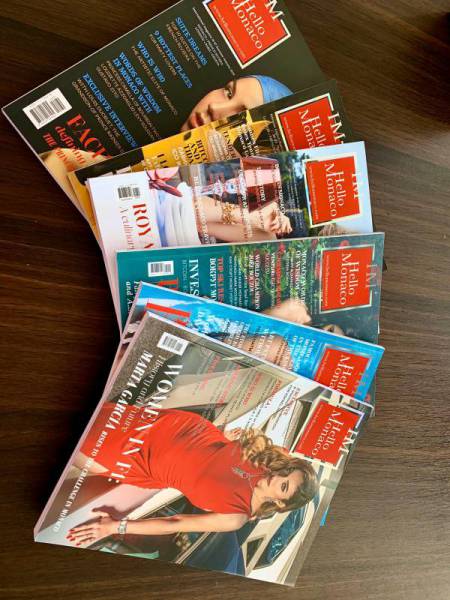Monaco is a unique place in the world. But in the wider public’s mind, the names Monaco and Monte-Carlo remain synonymous with casinos, Formula One, luxury yachts, and offshore tax havens. But there is so much more to Monaco than these clichés. It’s the residents of the Principality who truly make Monaco unique: outstanding sportsmen, businessmen and women, film stars, artists, creative entrepreneurs, scientists, philanthropists, art collectors and more.
Our project, “HelloMonaco: Words of Wisdom in Monaco” (WOW), introduces you to the residents of the Principality who have achieved much in life. We will also interview eminent guests of the Principality, visiting Monaco on tour, for a concert, or here on holiday. Each person’s experience in life is different, but they all have valuable lessons to share. These interviews will be an invaluable resource, vital to our mission of building a library of human wisdom. We won’t be asking the usual questions — we will be asking questions about life, love, wellbeing, success and more. And many answers could be life changing.
The head of the Monte-Carlo ballet company, Jean-Christophe Maillot, is busy creating his unique productions. According to the choreographer, their style is quite different to anything else out there. Jean-Christophe is amazing at managing to combine classical dance and modern choreography. Even during the years of academic ballet’s rejection, the choreographer pursued the idea that mastery of classical technique makes a dancer universal. The good old classics should never be given up. Only in the early 1990s, invited to manage the Monte-Carlo ballet by Princess Caroline, Jean-Christophe Maillot found a troupe of like-minded people, bringing to life all his unique creative ideas. This is why he is rightfully calling Monaco the country where he managed to create something he could not have dreamt of elsewhere.
“A true genius without a heart is nonsense… Love! Love ! This is what the soul of a genius is all about,” wrote Mozart back in his day. These words are a fair description of the Monaco Ballets’ Director. According to Jean-Christophe Maillot, he cannot work with strangers and considers the art of choreography as sharing. His dancers are a bit like his family. He has even opened a special “Health Centre” to treat minor and major ailments their bodies may suffer from whilst surpassing themselves to bring out beauty.
It is in this same spirit that the choreographer chooses people he works with, abolishing boundaries between different disciplines. He thus booked a visual artist, Ernest Pignon-Ernest, to design the scenography for several of his ballets. “I can’t do anything on my own. It’s teamwork.” Jean-Christophe Maillot has chosen to direct a large company bringing together all the nationalities and giving everyone a chance. “At my place, all the dancers are potentially soloists”. For over thirty years now, he has indeed cultivated the art of sharing, here in Monaco.
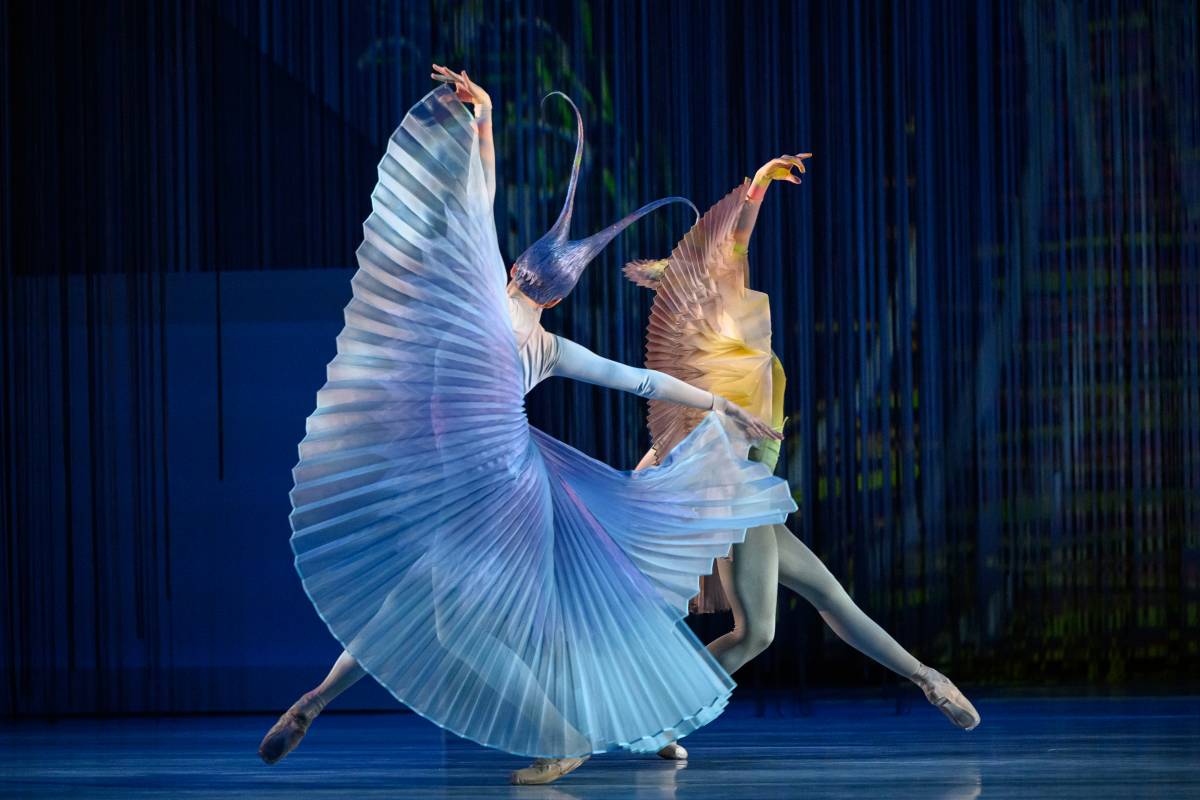
Hello Monaco: A bit like a visual artist, you seem to refuse labels, being somewhat unclassifiable. Are you OK with that?
Jean-Christophe Maillot: I like the definition given by Rosella Hightower who taught me to dance. She perceived me as “the meeting of opposites”. I am quite reluctant to accept that if you passionately love one form of artistic work then you have to condemn the opposite. I was artistically raised by Rosella. She equally appreciated the great classics repertoire like “Swan Lake” and the ultra contemporary creations by the Dominique Bagouet company. I also take it from my father who was a painter and scenographer, always surrounded by artists of all styles.
HM: How do you position yourself between classicism and modernity?
Jean-Christophe: What I like is this multitude of possibilities that may seduce me at one point or another. I have never had a radical vision of any particular artistic form… I have no problem watching a mainstream blockbuster, and two hours later, a very cutting-edge auteur film. My dancing is therefore in somewhat of a strange position. It does not really come from any particular artistic movement. Moreover, it has not generated one either.
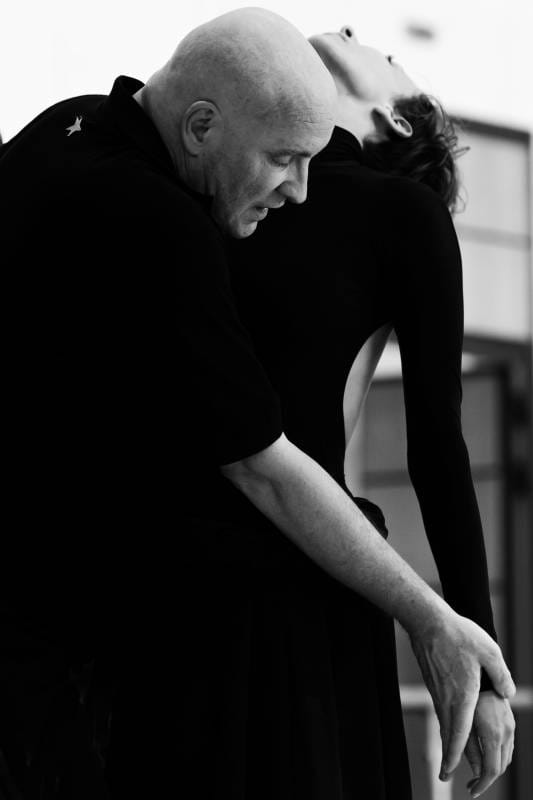
HM: There is still a Maillot style…
Jean-Christophe: The Maillot style (I have to get old to grasp it…) is perhaps considering that a choreographer is neither a writer nor a painter. The essence of choreography is being a catalyst for the art of sharing. My work does not exist if it does not go through others. I cannot be a choreographer at home, this is not possible. I need other human beings to convey my words. Moreover, we need to be surrounded by a musical space, composers. And we need a certain aesthetic on stage, therefore working with visual artists. This identity is quite obvious. When people see one of my shows, they may or may not like it. Whichever way it is, they would struggle to single out the elements, to say that they like the dance but not the costumes or the scenography… It’s a whole. It’s a form of signature. So naturally the ballet is conceived by one person, but the artist’s ego must vanish in favour of the work we do together.
HM: It’s difficult however for the dancers to give up their ego given the sacrifices imposed on them…
Jean-Christophe: I would say that dancers are the only ones to have this magical power of transcending the work that is mine. When the curtain rises, I can no longer interfere. It no longer belongs to me. A mandatory relationship of trust is therefore established. This is why — and this sets me apart — I am not a choreographer creating for the other ballet companies. I cannot work with people I don’t know. This is all about complicity. I often say that it is not about choreography but who I am doing it with… It’s a bit like cooking. For me, it is all about the taste of food. My mother was a fantastic cook. The visual part, however, sometimes takes on too much importance in the kitchen. Deep down there is nothing better than a slice of ham and a gratin dauphinois… Same goes for dancing. When too many things are added to magnify the show, we make this precious little thing, the choreographic writing in its pure state, disappear. The best moment for me is the last spinning that we do here, behind the scenes, without a set, without costumes or lights. The dancer by his attitude alone may tell you so many things…
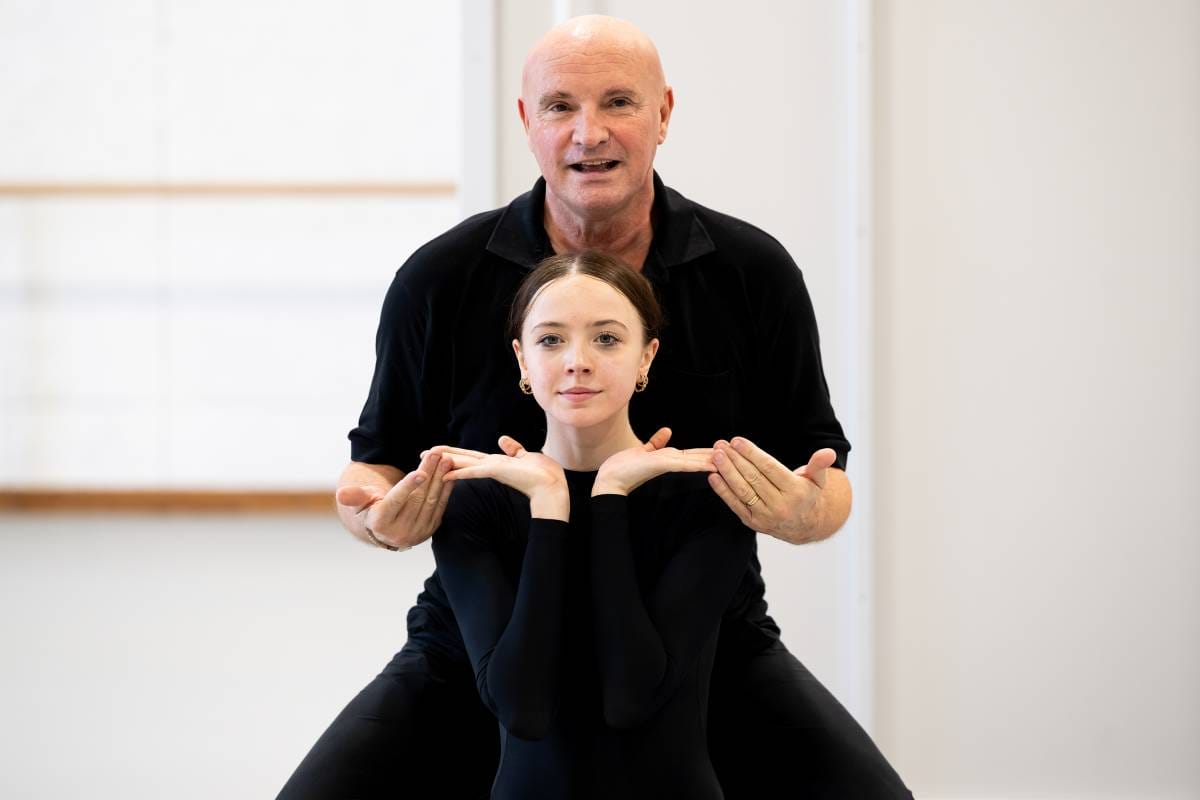
HM: A video is among the elements often added to the show these days. What do you think of this fashion?
Jean-Christophe: The video is eye-catching! It’s rather violent. I use it very sparingly. It’s like perfume, it may mask mediocrity.
HM: What do you think should be preserved from the academic spirit?
Jean-Christophe: A classical technique is a bit dying out today because of its uncompromising nature. Imposing extremely selective criteria, it is not keeping up with the times. It takes an ideally proportioned body with a good kick, long arms, long legs… In the same way that an opera singer cannot persevere with inappropriate vocal cords. I want to stick to the academic dance, however. I believe that a properly trained classical dancer with a modern awareness may face a greater number of proposals. The other way around is much more complicated…For me, it is all about using this technique to see how the contemporary bit may enrich us.
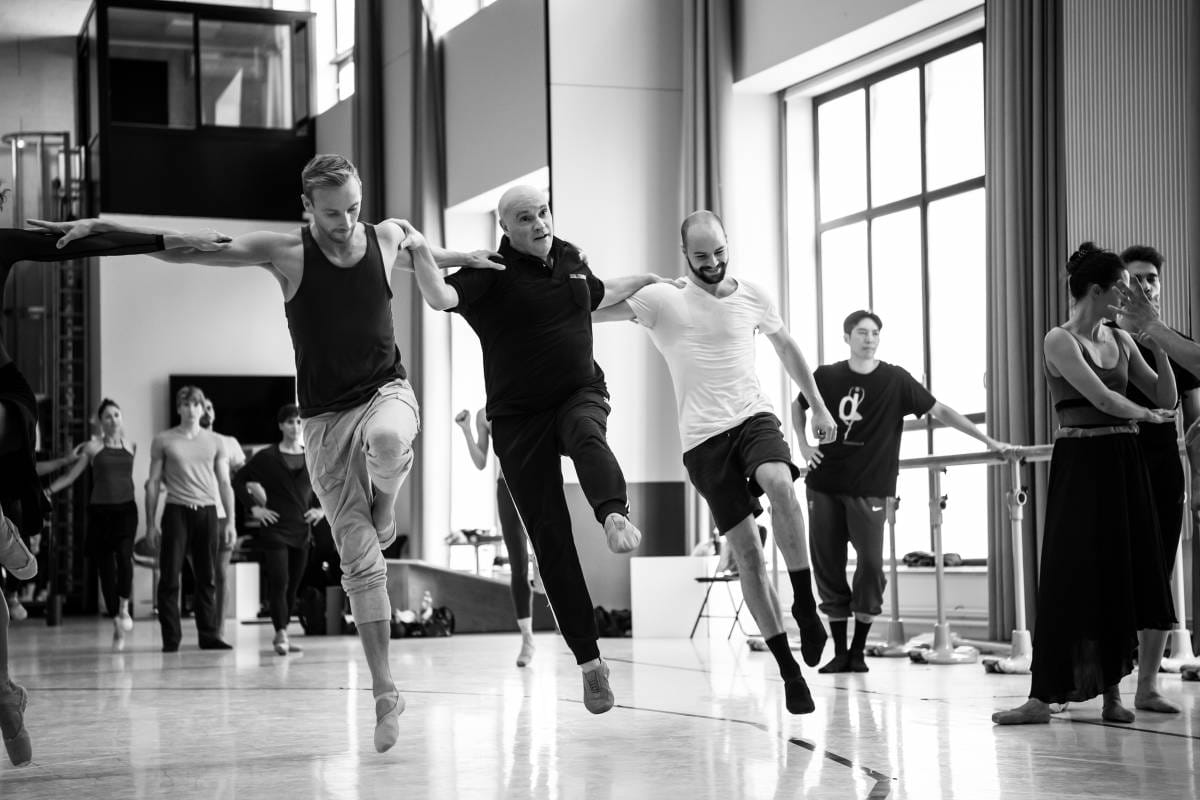
HM: May we say that the classics are more about flying whilst the contemporary is more ground-oriented?
Jean-Christophe: Absolutely. The classical dance is challenging gravity while the contemporary is using it. There is something ethereal about a classical dance interpretation, seeking to defy gravity, where we do not perceive the effort. A contemporary dance is somehow emphasizing the violence of the body and that of reality… I like to think that my work is an idyllic fusion of the two. It’s a bit like politics. The centre, when you think about it, should be ideal. But we don’t really like it since it’s not identifiable… So I’m somewhat on my own, but I’ve been fighting this fight for a very long time now. I started in France in 1983 at the height of the contemporary dance popularity. I must tell you that defending academicism came pricey at the time. I suffered and got confused… I had to come to Monaco to find my universe of dancers on pointe. And Princess Caroline had the right words to say: “We must manage to give pleasure without trying to please.” I believe that the Monte-Carlo Ballets are doing just that. I consider myself a bit of a general practitioner. On the one hand, there are researchers and on the other, practitioners using the drugs invented by the latter. I see myself more like this. I may not have invented anything, but for the last 40 years people have enjoyed seeing my shows.
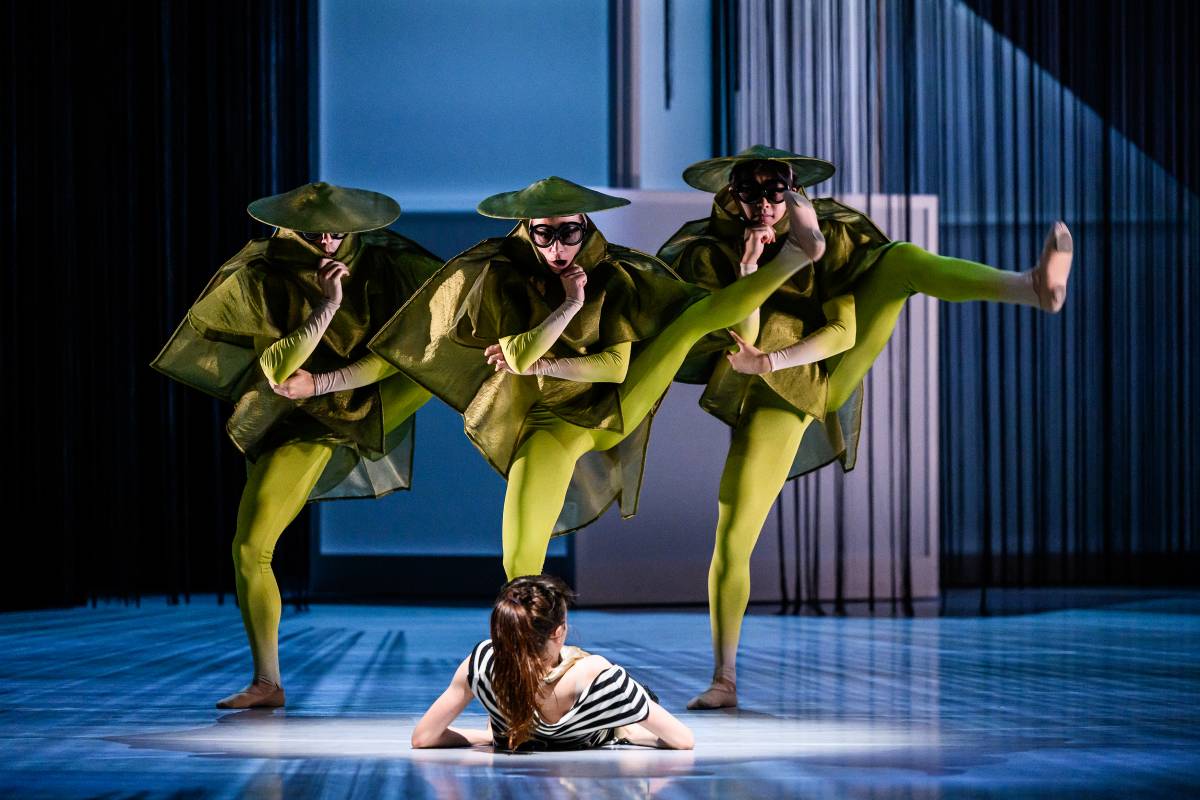
HM: You were a dancer to start with. Did you suffer from having to give it up because of an accident? A knee may be repaired…
Jean-Christophe: You are touching a sensitive point… Obviously my knee could have been repaired. I was a very good dancer, quite gifted. But I didn’t have the courage and strength to pursue it. It takes an incredible willpower. I always say that I admire even the worst dancer. Ultimately, it was almost lucky for me to have had this accident. I started at the Tours conservatory at age seven. There was no way I could tell my parents, who had made significant sacrifices during my studies, that I was giving up. When I broke my knee, I realized that what I really liked to do was running a company. Having a group of people to do great things with. And being the one to choose them.
HM: Has there been a memorable moment in your career?
Jean-Christophe: My work changed when my father died. He was my mentor, and I couldn’t do anything without asking his opinion. I projected myself onto him. When he passed away, my work took another direction and that’s when I came to Monaco. At the moment I was staging “l’Enfant et les Sortilèges” in 1992, the ballet director had resigned and I already knew Princess Caroline. Monaco is in line with me. It’s a small state, quite isolated, but it works pretty well. I managed to build something here that I would never have envisaged anywhere else. In addition, we have created this fantastic event, “F(ê)aites de la danse” (Let’s dance), encouraging everyone to get started. I am all by myself in Monaco. It is therefore my duty to offer the very best here in terms of dance.
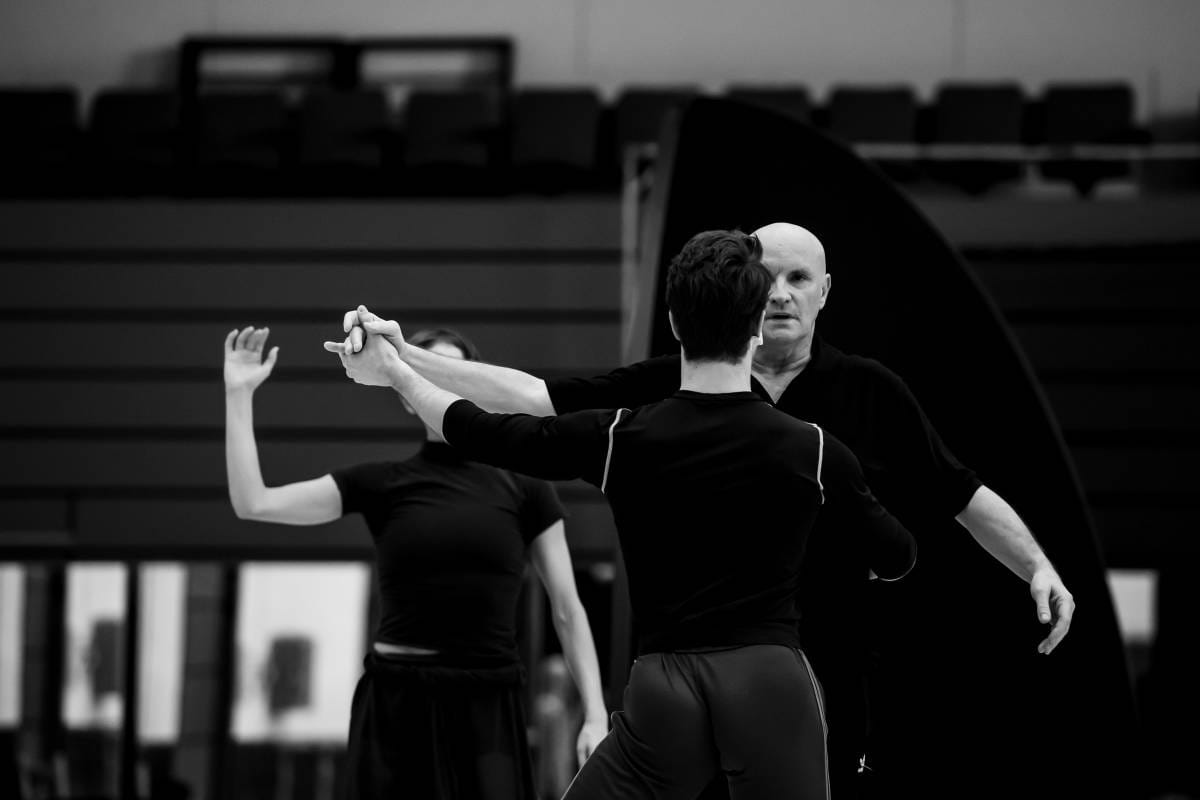
HM: A very painful moment, is the end of someone’s career…
Jean-Christophe: Don’t talk to me about that! It’s becoming more and more painful for me to tell someone they need to stop. It’s so violent! It is inevitable, however, around the age of forty, and the choreographer has the same problem. I can no longer show figures that I did twenty years ago. Thankfully, Bernice Coppieters is by my side to help me. I don’t want to impoverish my writing. And then we have the repertoire of some great ballets conceived for the young dancers in their twenties…
HM: Does dancing damage?
Jean-Christophe: Yes. It certainly leaves traces. There are injuries. On the other hand, regular dance practice maintains body dynamics and coordination as well as quite exquisite cognitive abilities. But from there to putting on a show… From a certain age, you don’t recover easily.
HM: Dancers have to face an incredible rigour. Do young people still get to tolerate it?
Jean-Christophe: Dance requires seven hours of daily practice, six days a week. This activity has something of the nature of a drug to it. It is, in fact, the same in the world of sports. We cannot accomplish great things without phenomenal work behind us. No one questions spending four hours in a gym to get abs! And all of a sudden practicing classical dance at a high level is considered somewhat immoral! Here, we have specially created a health center to monitor all the dancers and keep them in the best possible shape. But the requirements are so particular in dance… Over the course of our career, we use muscles that would have never been used otherwise. It’s challenging since dance is an external discipline. It’s not natural for the body.
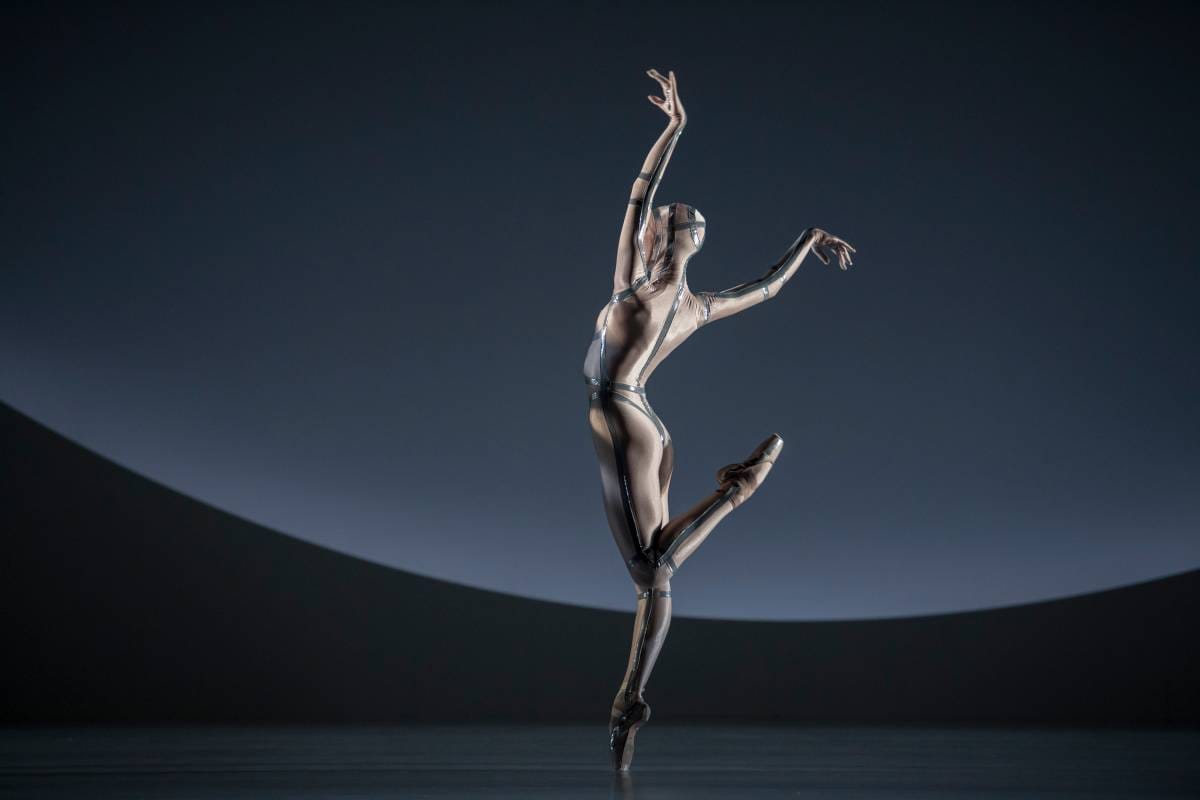
HM: In terms of weight, where do we stand today? We were bordering anorexia at some point…
Jean-Christophe: We cannot imagine “Swan Lake” with 32 curvy girls. However, these days companies are watching carefully to avoid excesses. My requirements are in line with aesthetically-imposed standards.
HM: Does it take being beautiful to dance?
Jean-Christophe: It helps… It all depends on the repertoire. Here I have a company of 50 dancers representing 22 nationalities. I have always hired dancers based on two criteria. The first is physical and technical ability to meet my expectations as a choreographer. The second, even more important, making sure that the dancers are in line with getting along and respecting each other within the group. Commitment, humility, willingness to accept difference are the key words. It’s about adopting the spirit of the company and putting your ego on hold. Most of the time the corps de ballet is there to highlight the star. It’s unbearable. There are, in a way, the people on one side and the artists on the other. I am trying to create a group of soloists, however, where everyone is at the service of the other. All the dancers are potential soloists while the primas may find themselves in the corps de ballet overnight.
HM: It’s as if you were bringing socialism to the Principality…
Jean-Christophe: Something like that. One day, Princess Caroline jokingly answered when asked why she had chosen me, “I couldn’t face hiring a director with whom I couldn’t have a drink after the show”. It is the human dimension that is fundamental. The thing binding everyone is the common goal.
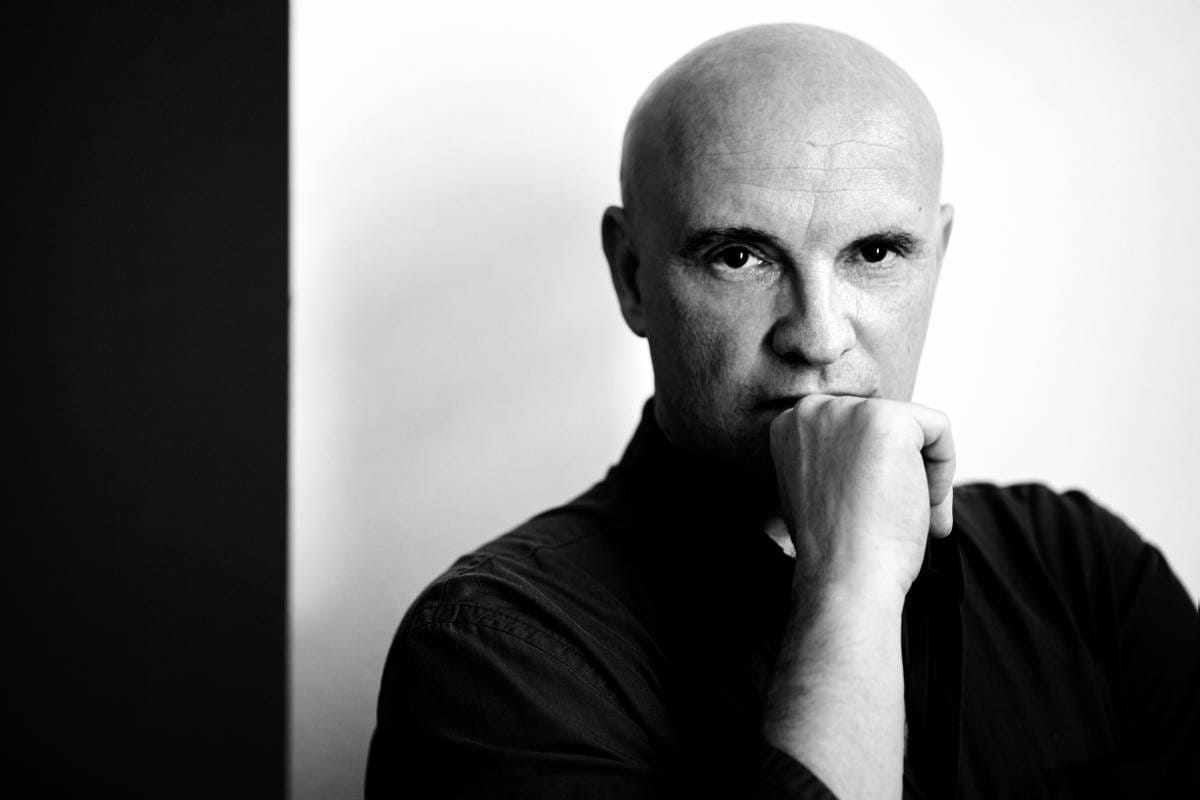
HM: What are the essential qualities to become a prima ballerina?
Jean-Christophe: First of all, this is all about an unfailing self-sacrifice, total commitment. Going further without ever having to be asked. It is also about cultivating the ability that nature has given you. Finally, comes the charisma which, in my point of view, has a lot to do with generosity. I’ve rarely seen great dancers not experiencing a real pleasure in gifting the result of this rigour towards themselves.
HM: Can you tell us about your projects?
Jean-Christophe: I am not a man of projects. I’ve been here for 31 years which, in a way, correspond to 31 lives… At the start of each season I put things straight. There are new ballets in the repertoire, dancers leaving, others arriving. Planning two or three years ahead is something that horrifies me! This is my big chance in Monaco. I may be extremely responsive, I don’t rely on just one opera…It’s a luxury. I’m thinking about next December, for example. The other companies already have 2026–2027 in mind…At La Scala in Milan, I met a Ukrainian choreographer Alexeï Ratmansky and invited him to come next year. I love the encounters provoking opportunities.
Another thing, a book will be released next September. They wanted to write a book about my work. I opted for telling everything we have done here in Monaco to demonstrate the ongoing exchanges. It will thus be a book about the Monte-Carlo ballets universe, with a beautiful cover designed by Ernest Pignon-Ernest.
HM: And the next Maillot creation?
Jean-Christophe: There will be a Maillot creation, I don’t know which one yet. Several ideas in mind… It will be for next season.
HM: Do you have a dream?
Jean-Christophe: I would like to make a film in which no words are spoken. To somehow revisit silent cinema in a less grotesque way. Imagine that you can say anything with the dynamics of the body. Movement always comes from thought. Everything would be staged in a natural setting. I need someone to get me going. It will come…

